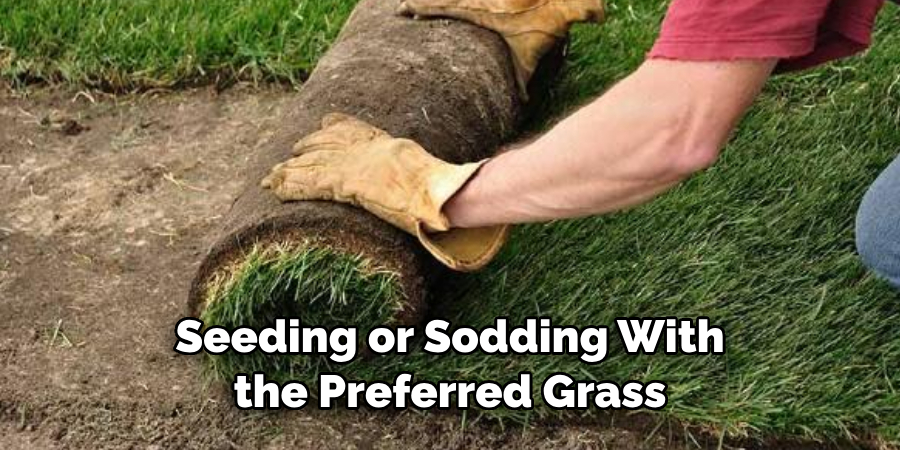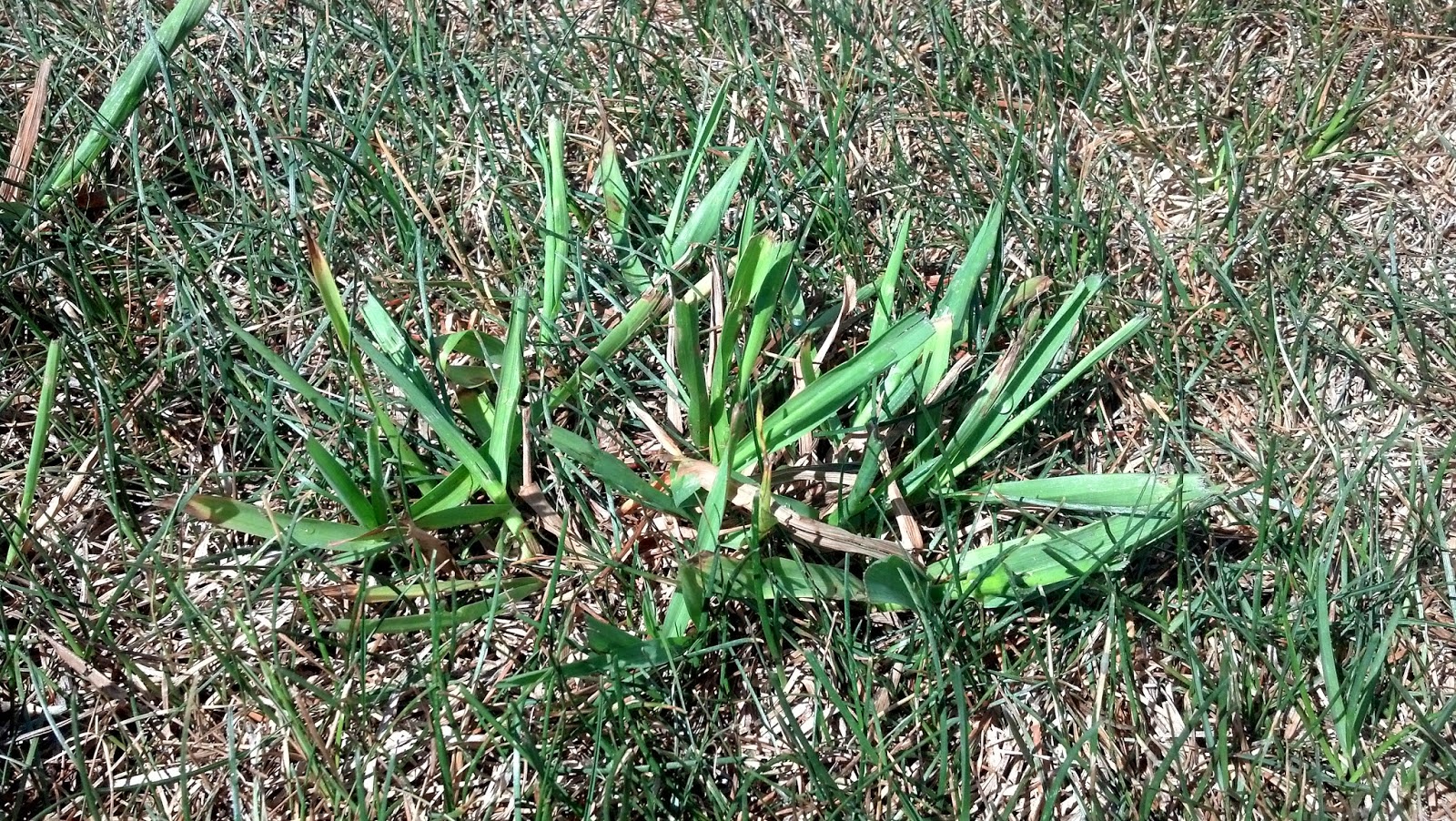To get rid of brome grass in your lawn, you can use herbicides specifically designed to target this weed. Additionally, manual removal by hand or with a lawn rake can help control its spread.
Brome grass can be a frustrating weed to deal with in your lawn. Its invasive nature and ability to spread quickly can overtake other desirable plants. However, there are several effective methods to address this issue. One option is to use herbicides that are specifically formulated to target brome grass.
These products can be applied directly to the weed to kill it off. Another approach is manual removal, which involves pulling the grass out by hand or using a lawn rake to get rid of the roots. By implementing these strategies, you can restore the health and appearance of your lawn by eliminating brome grass.

Credit: invasivegarden.com
Understanding Brome Grass In Your Lawn
Brome grass is a common weed found in lawns, and it can be quite a nuisance. The problem with brome grass is that it competes with the desirable grass species in your lawn for resources such as water, sunlight, and nutrients.
This can result in thinning of the turf, which makes it look less attractive. Identifying brome grass in your lawn is important so that you can take appropriate action to combat it. Look for long, drooping seed heads and flat, hairy leaves.
Brome grass tends to stand taller than the surrounding grass and has a distinctive appearance. If you notice these characteristics in your lawn, it’s time to start getting rid of brome grass to restore the health and beauty of your lawn.
Prevention And Maintenance Tips
To effectively get rid of brome grass in your lawn, it is essential to follow these prevention and maintenance tips. Regularly mow your lawn at the correct height to discourage the growth of brome grass. Implement proper irrigation practices to ensure your lawn receives the right amount of water without creating favorable conditions for brome grass.
Fertilize your lawn properly to promote the growth of desirable grass species and suppress brome grass. Additionally, overseed your lawn with desirable grass species to fill in any bare spots and prevent brome grass from taking over. By following these steps, you can maintain a healthy and brome grass-free lawn.
How to Get Rid of Brome Grass in Lawn: Step by Step Guide
Organic Methods To Remove Brome Grass
Organic methods to remove brome grass from your lawn include hand pulling and digging. These simple methods allow you to physically remove the grass and its roots, preventing regrowth. Another natural option is applying vinegar or boiling water directly onto the brome grass.
The acidity of vinegar and the heat from boiling water can kill the grass effectively. Additionally, using corn gluten meal as a natural pre-emergent herbicide can prevent brome grass seeds from sprouting. Corn gluten meal inhibits the growth of weed seeds, making it an effective and organic lawn care solution.
By following these organic methods, you can effectively get rid of brome grass in your lawn without the need for chemical pesticides or herbicides.
Chemical Solutions For Brome Grass Removal
Chemical solutions can be effective in removing brome grass from your lawn. For targeted removal, you can opt for selective herbicides specifically designed to combat brome grass. These herbicides are designed to selectively target brome grass without harming other desirable plants in your lawn.
On the other hand, if you prefer a complete lawn renovation, non-selective herbicides can be used. These herbicides will eliminate all vegetation, including brome grass, allowing you to start fresh. When using any herbicide, always follow the instructions carefully and consider the environmental impact.
For best results, it is recommended to apply herbicides during the active growth period of brome grass. Regular maintenance practices like regular mowing, watering, and fertilizing can also help prevent the growth of brome grass in your lawn.
Rehabilitation And Reestablishment
Removing dead brome grass and thatch is the first step in rehabilitating and reestablishing a healthy lawn. Leveling and aerating the soil is necessary to create an optimal environment for the growth of desired grass species. Following this, seeding or sodding with the preferred grass species will help to fill in any bare spots and prevent the return of brome grass.

It is essential to follow these steps to effectively get rid of brome grass and achieve a lush and beautiful lawn. By focusing on removing the dead grass, preparing the soil, and selecting the right grass species, homeowners can successfully eliminate brome grass and create a healthy lawn that thrives.
Frequently Asked Questions For How To Get Rid Of Brome Grass In Lawn
How Can I Identify Brome Grass In My Lawn?
Brome grass can be identified by its tall, slender stems and v-shaped seed heads. It often grows in clusters and has a rough texture. If you notice these characteristics in your lawn, you likely have brome grass.
Is Brome Grass Harmful To My Lawn?
Yes, brome grass is harmful to your lawn as it competes with desirable grass for nutrients, water, and sunlight. It can also spread quickly, forming dense patches that crowd out other plants and create an uneven appearance.
What Are The Best Methods To Get Rid Of Brome Grass?
There are several methods to eliminate brome grass from your lawn. These include hand pulling, spot treatment with herbicides, regular mowing to prevent seed head formation, and improving lawn health through proper fertilization, watering, and overseeding.
Can I Prevent Brome Grass From Growing In My Lawn?
While it’s difficult to completely prevent brome grass from growing, you can minimize its occurrence by maintaining a healthy lawn with proper mowing, watering, and fertilization. Regularly inspect your lawn for signs of brome grass and address any issues promptly to prevent its spread.
When Is The Best Time To Tackle Brome Grass Removal?
The best time to tackle brome grass removal is in late spring or early summer when the grass is actively growing. During this time, the herbicides are most effective, and the growing season allows your lawn to recover and fill in any bare spots left after removal.
Conclusion
Battling brome grass in your lawn can be a frustrating and relentless task. However, by implementing the strategies shared in this blog post, you can effectively eliminate this unwanted invader from your yard. We started by identifying brome grass and understanding its growth habits, which allowed us to develop a targeted approach.
By utilizing physical and chemical methods, such as hand-pulling and herbicide application, we can weaken and ultimately eradicate brome grass. Regular maintenance, including proper mowing, watering, and fertilizing, is crucial for maintaining a healthy lawn and preventing the re-establishment of brome grass.
Additionally, overseeding with desired grass species can help fill any gaps left behind. Keeping an eye out for potential reinfestation and promptly taking action will ensure brome grass remains under control. With determination and consistent effort, you can restore your lawn to its lush and brome grass-free state.

